Shruti Mittal
Regional Priority Based Anomaly Detection using Autoencoders
Apr 02, 2018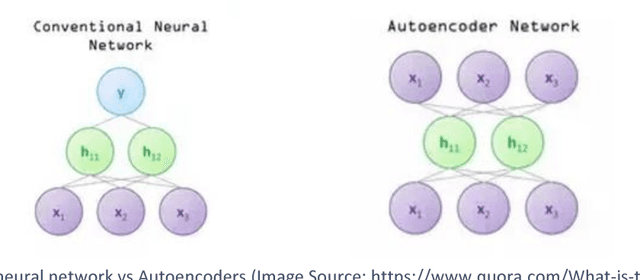

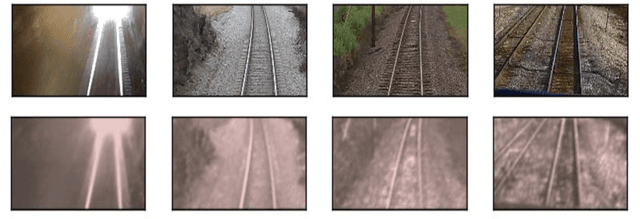
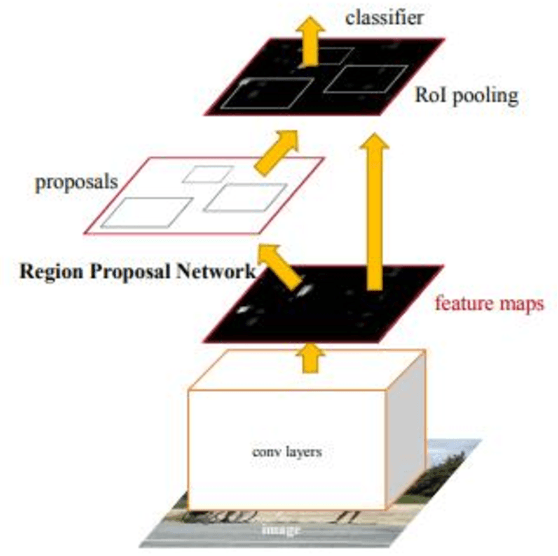
Abstract:In the recent times, autoencoders, besides being used for compression, have been proven quite useful even for regenerating similar images or help in image denoising. They have also been explored for anomaly detection in a few cases. However, due to location invariance property of convolutional neural network, autoencoders tend to learn from or search for learned features in the complete image. This creates issues when all the items in the image are not equally important and their location matters. For such cases, a semi supervised solution - regional priority based autoencoder (RPAE) has been proposed. In this model, similar to object detection models, a region proposal network identifies the relevant areas in the images as belonging to one of the predefined categories and then those bounding boxes are fed into appropriate decoder based on the category they belong to. Finally, the error scores from all the decoders are combined based on their importance to provide total reconstruction error.
Siamese Neural Networks for One-shot detection of Railway Track Switches
Dec 21, 2017Abstract:Deep Learning methods have been extensively used to analyze video data to extract valuable information by classifying image frames and detecting objects. We describe a unique approach for using video feed from a moving Locomotive to continuously monitor the Railway Track and detect significant assets like Switches on the Track. The technique used here is called Siamese Networks, which uses 2 identical networks to learn the similarity between of 2 images. Here we will use a Siamese network to continuously compare Track images and detect any significant difference in the Track. Switch will be one of those images that will be different and we will find a mapping that clearly distinguishes the Switch from other possible Track anomalies. The same method will then be extended to detect any abnormalities on the Railway Track. Railway Transportation is unique in the sense that is has wheeled vehicles, Trains pulled by Locomotives, running on guided Rails at very high speeds nearing 200 mph. Multiple Tracks on the Rail network are connected to each other using an equipment called Switch or a Turnout. Switch is either operated manually or automatically through command from a Control center and it governs the movement of Trains on different Tracks of the network. Accurate location of these Switches is very important for the railroad and getting a true picture of their state in field is important. Modern trains use high definition video cameras facing the Track that continuously record video from track. Using a Siamese network and comparing to benchmark images, we describe a method to monitor the Track and highlight anomalies.
Railway Track Specific Traffic Signal Selection Using Deep Learning
Dec 17, 2017
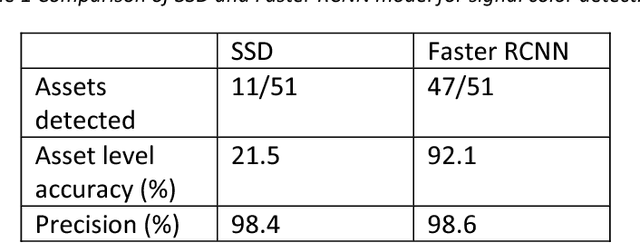
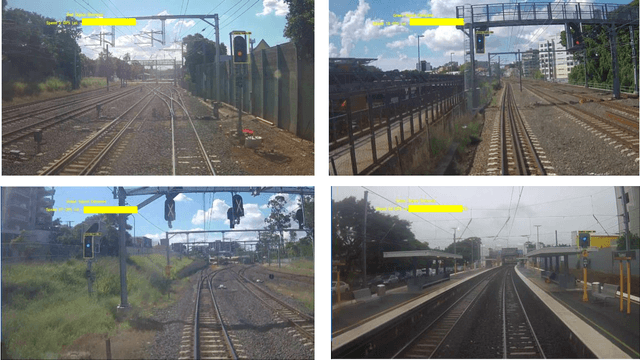

Abstract:With the railway transportation Industry moving actively towards automation, accurate location and inventory of wayside track assets like traffic signals, crossings, switches, mileposts, etc. is of extreme importance. With the new Positive Train Control (PTC) regulation coming into effect, many railway safety rules will be tied directly to location of assets like mileposts and signals. Newer speed regulations will be enforced based on location of the Train with respect to a wayside asset. Hence it is essential for the railroads to have an accurate database of the types and locations of these assets. This paper talks about a real-world use-case of detecting railway signals from a camera mounted on a moving locomotive and tracking their locations. The camera is engineered to withstand the environment factors on a moving train and provide a consistent steady image at around 30 frames per second. Using advanced image analysis and deep learning techniques, signals are detected in these camera images and a database of their locations is created. Railway signals differ a lot from road signals in terms of shapes and rules for placement with respect to track. Due to space constraint and traffic densities in urban areas signals are not placed on the same side of the track and multiple lines can run in parallel. Hence there is need to associate signal detected with the track on which the train runs. We present a method to associate the signals to the specific track they belong to using a video feed from the front facing camera mounted on the lead locomotive. A pipeline of track detection, region of interest selection, signal detection has been implemented which gives an overall accuracy of 94.7% on a route covering 150km with 247 signals.
Vision Based Railway Track Monitoring using Deep Learning
Nov 17, 2017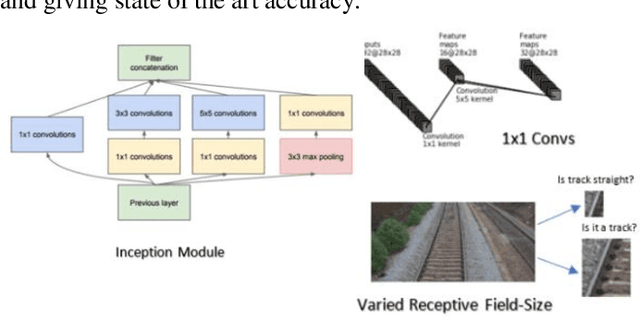
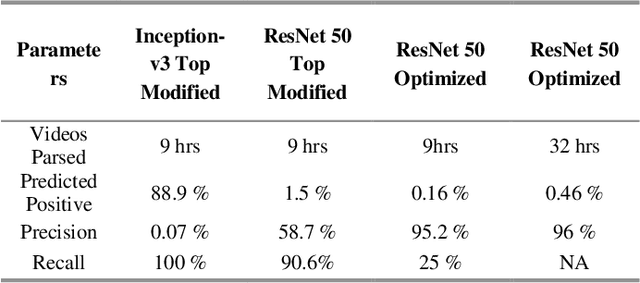
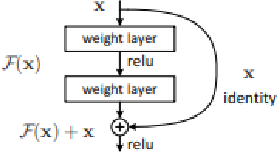
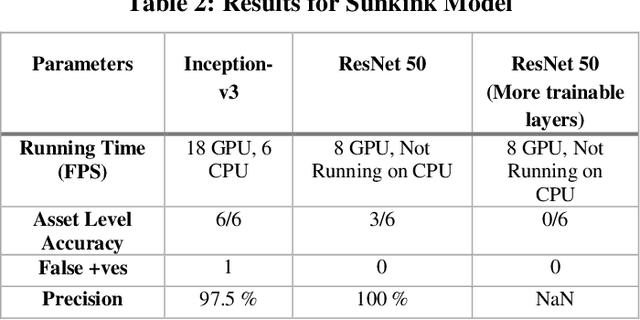
Abstract:Computer vision based methods have been explored in the past for detection of railway track defects, but full automation has always been a challenge because both traditional image processing methods and deep learning classifiers trained from scratch fail to generalize that well to infinite novel scenarios seen in the real world, given limited amount of labeled data. Advancements have been made recently to make machine learning models utilize knowledge from a different but related domain. In this paper, we show that even though similar domain data is not available, transfer learning provides the model understanding of other real world objects and enables training production scale deep learning classifiers for uncontrolled real world data. Our models efficiently detect both track defects like sunkinks, loose ballast and railway assets like switches and signals. Models were validated with hours of track videos recorded in different continents resulting in different weather conditions, different ambience and surroundings. A track health index concept has also been proposed to monitor complete rail network.
 Add to Chrome
Add to Chrome Add to Firefox
Add to Firefox Add to Edge
Add to Edge